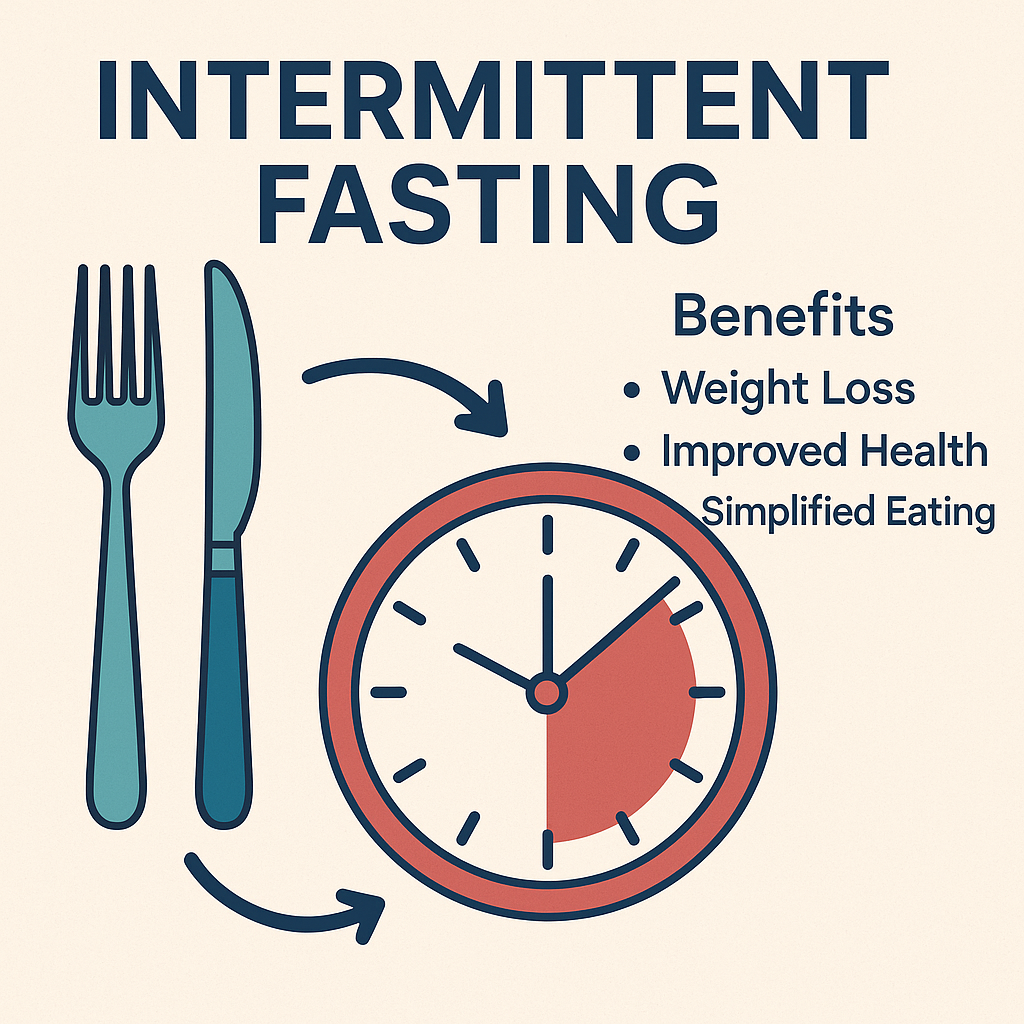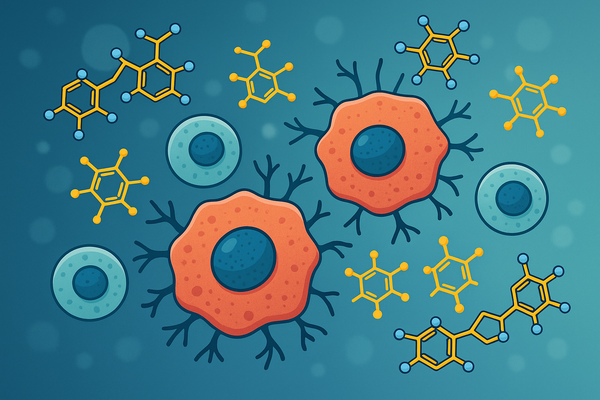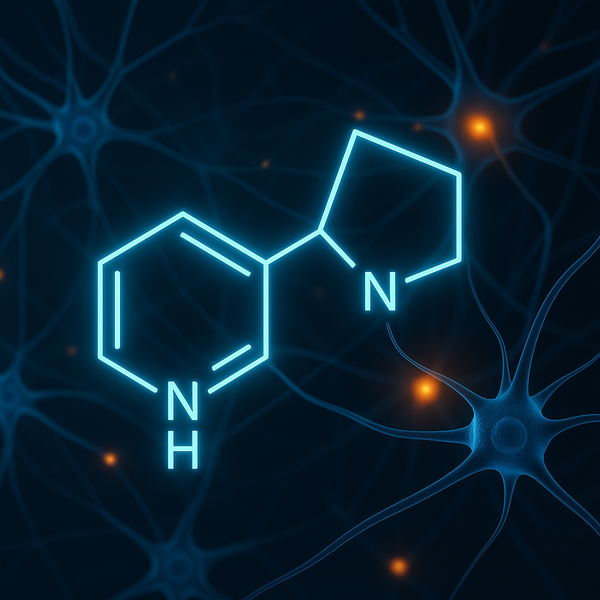Intermittent Fasting for Longevity: Science, Protocols, and Real-World Tips

Intermittent fasting has become a buzzword, but beyond the hype, there’s a solid foundation of science showing how fasting supports metabolic flexibility, longevity, and cellular repair. I’ve experimented with different fasting windows over the years and noticed real changes in focus and energy levels. In this post, I’ll explore the mechanisms behind intermittent fasting and how it can fit into a balanced lifestyle.
Intermittent fasting (IF) has moved from niche trend to mainstream tool for improving metabolic health and possibly extending healthspan. Beyond weight loss, the appeal is its ability to trigger a metabolic switch, align eating with circadian biology, and activate cellular repair pathways that may protect against age-related disease.
What Is Intermittent Fasting?
Intermittent fasting alternates periods of eating and fasting on a daily or weekly schedule. Popular formats:
- Time-Restricted Eating (TRE): Eat within a daily window (e.g., 10-hour or 8-hour window like 16:8), fast the remaining hours.
- Early TRE (eTRF): A 6- to 8-hour window that ends early afternoon to better match circadian rhythms.
- 5:2: Eat normally 5 days/week; on 2 nonconsecutive days, eat ~500–600 kcal.
- Alternate-Day Fasting (ADF): Alternate normal days with fasting/very-low-calorie days.
How Intermittent Fasting Works: The Metabolic & Cellular Mechanisms
- Metabolic switch: After ~12–18 hours, the body shifts from glucose to increased fatty-acid oxidation and ketone use; ketones act as signaling molecules that may support stress resistance and brain health.
- Insulin sensitivity: Fasting lowers insulin and improves glycemic control; early-day eating windows may enhance these effects.
- Circadian alignment: Front-loading calories earlier in the day leverages the body’s clock genes and daytime insulin sensitivity.
- Cellular housekeeping: Fasting periods are associated with up-regulation of repair pathways (e.g., autophagy) and reduced oxidative stress/inflammation in human and animal work.
A major medical review summarizes that IF can improve obesity, insulin resistance, blood pressure, lipids, and inflammatory markers, with plausible links to healthy aging via metabolic switching and cellular stress responses. (See Sources)
- Early Time-Restricted Feeding (eTRF) in prediabetic men (6-hour window, last meal mid-afternoon) improved insulin sensitivity, β-cell responsiveness, blood pressure, oxidative stress, and appetite without weight loss.
- 10-Hour TRE (≈13–14 hour fast) in people with metabolic syndrome reduced weight, blood pressure, and atherogenic lipids; participants often reported better sleep and energy.
- Alternate-Day Fasting (ADF) vs daily calorie restriction over a year: no superiority of ADF for weight loss or cardiometabolic risk; adherence can be tougher for some people.
The Longevity Angle
IF’s longevity promise is indirect but compelling: better glycemic control, lower blood pressure, improved lipids, and reduced inflammation are all risk factors for age-related disease. Calorie restriction trials (not the same as IF) show small but measurable slowing in pace-of-aging biomarkers, hinting that periodic energy restriction may tap into some of the same biology.
Practical Protocols
Pick one simple framework and run it for 4–6 weeks:
- 10-Hour TRE (good starting point): First meal ≥1 hour after waking; last meal ≥3 hours before bed. Repeat daily.
- 16:8 TRE (intermediate): 16-hour fast, 8-hour eating window; aim to place most calories earlier in the day.
- 5:2 (weekly structure): Two low-calorie days (nonconsecutive), otherwise normal balanced eating.
Who Should Not Do IF (or Should Get Medical Guidance)
- History of eating disorders or disordered eating
- Pregnant or breastfeeding
- Type 1 diabetes or anyone on insulin/sulfonylureas (risk of hypoglycemia)
- Certain GI conditions, frailty, or underweight
- Shift workers (circadian disruption complicates timing—seek tailored guidance)
Quick FAQ
Will I lose muscle? With adequate protein and resistance training, lean mass can be maintained during TRE; prioritize protein at each meal.
Do supplements break a fast? Most noncaloric supplements won’t; anything with carbs/protein/fats will.
How long to see results? Glucose and blood-pressure improvements can appear within weeks; body-comp changes depend on total calories and training.
Intermittent fasting is less about eating less and more about eating on time. A consistent, circadian-friendly window, adequate protein, and smart training give you most of the benefits with fewer downsides. Treat IF as a tool in a broader longevity kit—alongside sleep, movement, nutrition quality, and stress management.
From my own experience, fasting isn’t about restriction — it’s about rhythm. It’s a simple framework that helps the body reset and refocus. Whether you fast daily, a few times a week, or just experiment with longer meal breaks, the key is consistency and mindfulness. As always, listen to your body, and if you have any health concerns, talk to a professional before making big changes.
Sources:
- de Cabo R, Mattson MP. Effects of Intermittent Fasting on Health, Aging, and Disease. N Engl J Med. 2019;381:2541-2551. :contentReference[oaicite:0]{index=0}
- Sutton EF et al. Early time-restricted feeding improves insulin sensitivity, blood pressure, and oxidative stress even without weight loss. Cell Metab. 2018. :contentReference[oaicite:1]{index=1}
- Wilkinson MJ et al. Ten-hour time-restricted eating reduces weight, blood pressure, and atherogenic lipids. Cell Metab. 2020. :contentReference[oaicite:2]{index=2}
- Trepanowski JF et al. Alternate-day fasting vs daily calorie restriction: randomized trial. JAMA Intern Med. 2017. :contentReference[oaicite:3]{index=3}
- Xie Z et al. Randomized controlled trial data and overview of TRE in obesity/metabolic syndrome. Nat Commun. 2022. :contentReference[oaicite:4]{index=4}
- Flanagan EW et al. Calorie Restriction and Aging in Humans (CALERIE overview). Nutrients. 2020. :contentReference[oaicite:5]{index=5}
- Waziry R et al. CALERIE: slowed pace of aging by DNA methylation biomarker. Nat Aging. 2023. :contentReference[oaicite:6]{index=6}
- de Cabo R, Mattson MP. NEJM graphical explanation of metabolic switch. N Engl J Med. 2019. :contentReference[oaicite:7]{index=7}



